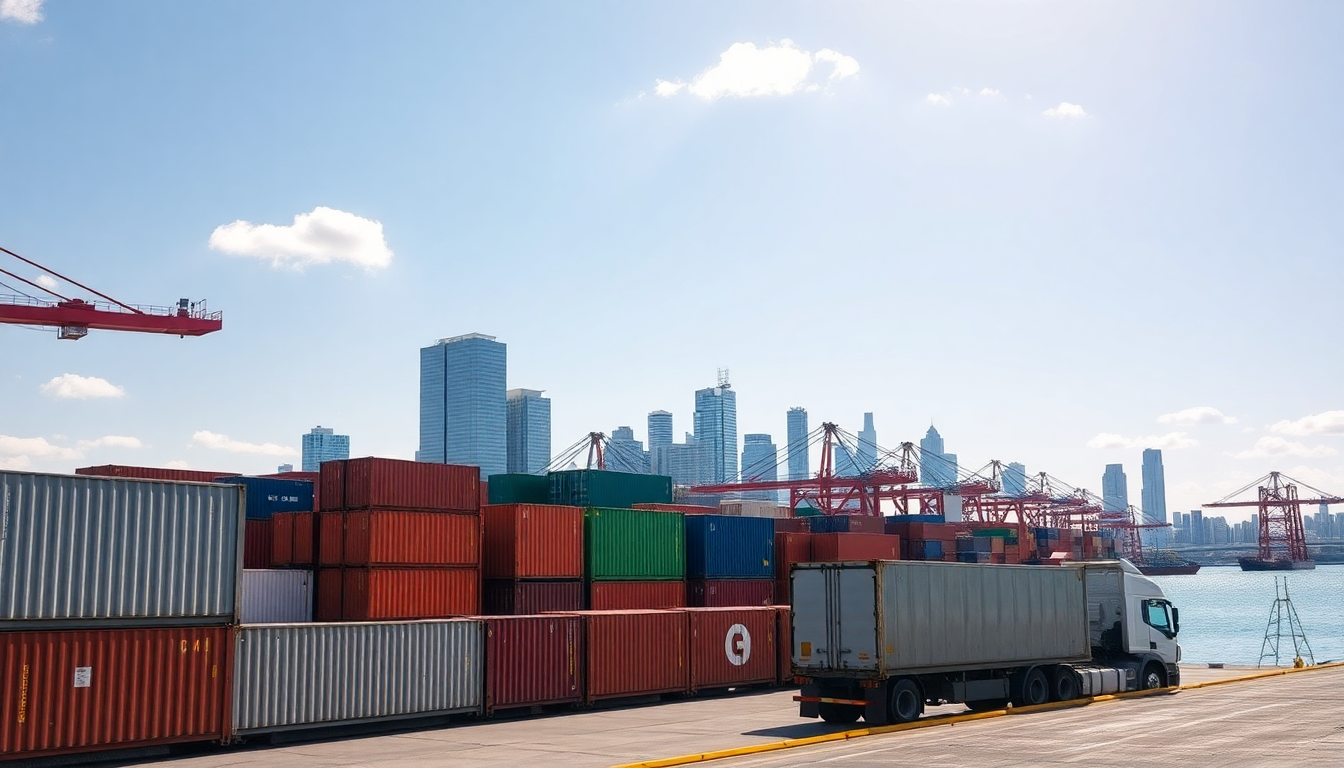Table of Contents
In the ever-changing world of international trade, recent news about Canada and the United States reveals a significant shift in their economic relationship. Have you heard? Prime Minister Mark Carney has announced that Canada will follow suit with the US by exempting most Canadian goods from tariffs.
This move is not just a simple policy tweak; it’s a strategic effort to repair ties that have been frayed by a lengthy trade dispute. In this article, we’ll explore what these changes mean for both countries and what the future holds for their trade relations.
Current Trade Landscape Between Canada and the US
The trade relationship between Canada and the United States has always been deep and interconnected, but recent years have thrown some serious curveballs. Prime Minister Carney’s announcement marks a crucial moment as Canada aligns its tariff policies with the US-Mexico-Canada Agreement (USMCA).
This alignment signals a commitment to restoring free trade for most goods. Starting September 1, Canada will remove tariffs on US goods covered by the USMCA. But what does this really mean for consumers and businesses?
While this is a positive step, it’s important to recognize that some specific tariffs are still in place, particularly on products like steel, aluminum, and automobiles.
These ongoing tariffs highlight the complexities of the trade landscape and the negotiations that will continue to shape these industries. As Carney pointed out, trade levels may not fully bounce back to what they were before, but this agreement reflects the best possible outcome given the current circumstances.
Sectoral Implications and the Economic Outlook
So, what can we expect as Canada navigates its trade relationship with the US? Each sector will feel the impact differently. For example, the steel and aluminum tariffs have stirred up a lot of debate and will likely keep the conversation going around trade fairness and labor standards.
On a brighter note, the removal of tariffs on a wide range of goods could boost trade volumes, sparking economic growth and solidifying ties between the two nations.
Market analysts are keeping a close eye on these developments, as this trade deal represents a significant diplomatic win for Canada. By matching the US’s moves, Canada is not only safeguarding its economic interests but also strengthening its role as a key trading partner. This strategic alignment could open doors for further negotiations and potentially lead to more comprehensive trade agreements down the line.
Strategies for Adapting to the New Trade Environment
With these changes on the horizon, it’s crucial for businesses and policymakers to adopt proactive strategies to adapt to the new trade reality. Companies that are affected by tariffs should consider diversifying their supply chains and exploring alternative markets to reduce risks. Plus, staying informed about ongoing negotiations and potential policy shifts will be key for making smart business decisions.
For investors, getting a grasp on these dynamics can uncover valuable insights into market opportunities. The prospect of increased trade activity opens up avenues for investment in sectors that are likely to thrive. Recognizing emerging trends and aligning investment strategies accordingly will be essential for capitalizing on this evolving trade environment.
Conclusion and Future Considerations
As Canada and the US strive for a more stable trade relationship, it’s vital to acknowledge the broader effects of these changes. The evolution of tariff policies will not only affect market dynamics but also shape the economic landscape for years to come. Prime Minister Carney’s commitment to free trade emphasizes the importance of dialogue and collaboration—key ingredients for nurturing a strong economic partnership.
As we look ahead, stakeholders must stay alert and adaptable to the shifting currents of international trade, ensuring they are well-prepared to navigate the complexities of this new era. What strategies will you adopt to keep up with these changes?





